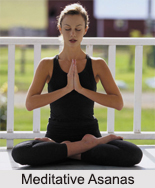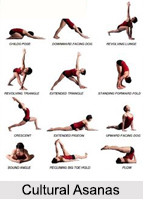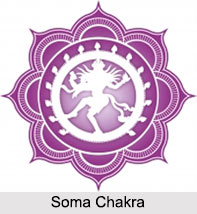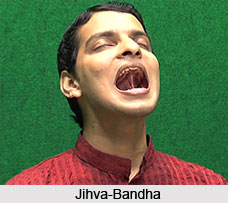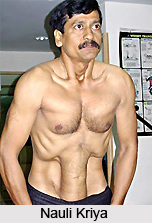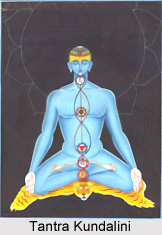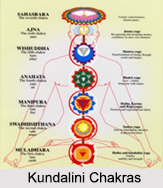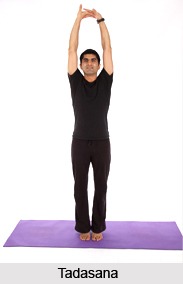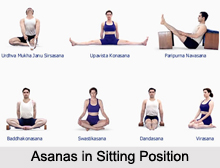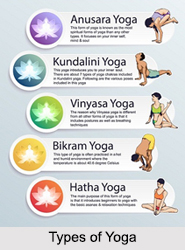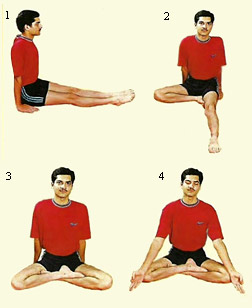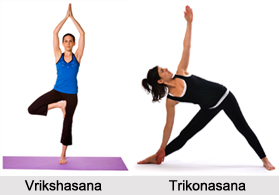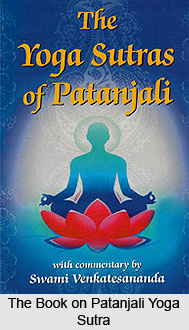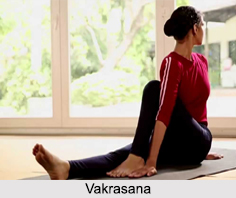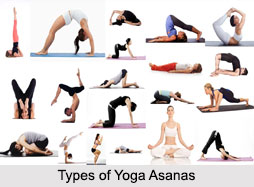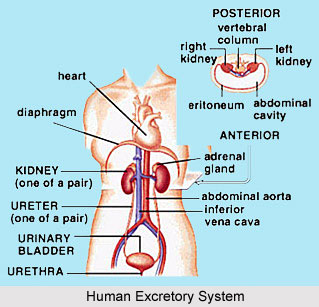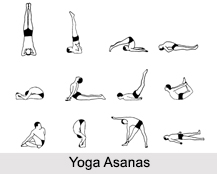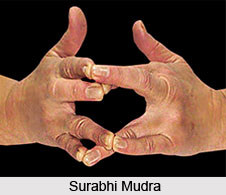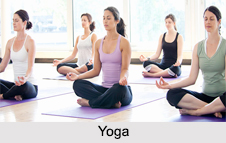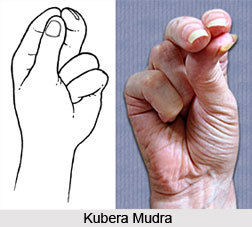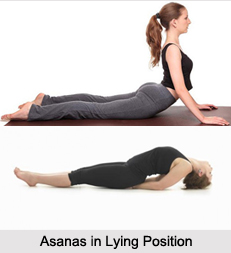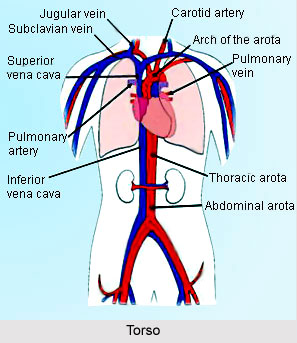 The circulatory system includes the heart, blood vessels and the blood. It transports the nutrients and oxygen to the tissues and removes carbon dioxide and other waste products of metabolism from the tissues. For this purpose the blood is continuously circulated in the body by rhythmic pumping action of the heart and through a complex network of the blood vessels. The blood acts as a vehicle that carries the products of digestion from the alimentary canal and the oxygen from the lungs to the tissues. While returning to the heart, the blood brings the toxic substances or the waste products back to the heart. The kidneys, lungs and the skin eliminate these substances when the blood circulates through them. The blood, thus, communicates with all the systems and organs, regulates the water level and the temperature of the body.
The circulatory system includes the heart, blood vessels and the blood. It transports the nutrients and oxygen to the tissues and removes carbon dioxide and other waste products of metabolism from the tissues. For this purpose the blood is continuously circulated in the body by rhythmic pumping action of the heart and through a complex network of the blood vessels. The blood acts as a vehicle that carries the products of digestion from the alimentary canal and the oxygen from the lungs to the tissues. While returning to the heart, the blood brings the toxic substances or the waste products back to the heart. The kidneys, lungs and the skin eliminate these substances when the blood circulates through them. The blood, thus, communicates with all the systems and organs, regulates the water level and the temperature of the body.
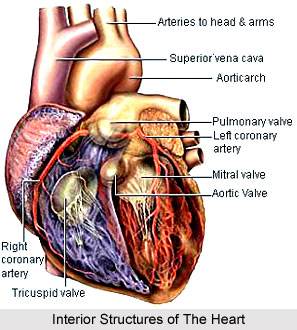 Heart, the most important organ in the human body, is situated in the chest cavity between the two lungs. It is covered by fibrous sac known as pericardium. Two-third part of the heart lies on the left side. The human heart is divided longitudinally into right and left halves, each consisting of two chambers, an upper one; the atrium or auricle; and the lower one, the ventricle. The atrium and the ventricle of the same side are connected with each other through atrioventricular valve. These valves permit the blood to flow from atrium to ventricle but not in the reverse direction. The heart muscle receives its blood supply via arterial branches, i.e., right and left coronary arteries arising from the aorta. The heart is an involuntary muscle. It is also known as cardiac muscle, which initiates its own contraction and controls it quite independently. It is very important, thus, to keep the heart healthy and the experts believe that the yoga asanas are the best way to keep it fit naturally. The heart is an involuntary muscle that contracts and relaxes around 70 times a minute within a healthy individual. With asanas, the expansion and contraction of the heart is made even faster and thorough. However, overdoing yoga asanas is never preferred for it may cause damage to the heart. Both the halves of the heart, called the auricles and ventricles, relax after their respective periods of contraction when the whole heart is at rest. Diastole and systole are the two different movements of the heart. It is observed that diastole of the heart lasts a little longer than its systole. Hence, it is said that the heart sleeps for thirteen hours and works for eleven hours every day. These movements of the heart can also improve with the proper practice of yoga postures. Padmasana considerably improves blood circulation. In this case, the pelvic region receives larger blood supply from the bifurcations of the abdominal aorta.
Heart, the most important organ in the human body, is situated in the chest cavity between the two lungs. It is covered by fibrous sac known as pericardium. Two-third part of the heart lies on the left side. The human heart is divided longitudinally into right and left halves, each consisting of two chambers, an upper one; the atrium or auricle; and the lower one, the ventricle. The atrium and the ventricle of the same side are connected with each other through atrioventricular valve. These valves permit the blood to flow from atrium to ventricle but not in the reverse direction. The heart muscle receives its blood supply via arterial branches, i.e., right and left coronary arteries arising from the aorta. The heart is an involuntary muscle. It is also known as cardiac muscle, which initiates its own contraction and controls it quite independently. It is very important, thus, to keep the heart healthy and the experts believe that the yoga asanas are the best way to keep it fit naturally. The heart is an involuntary muscle that contracts and relaxes around 70 times a minute within a healthy individual. With asanas, the expansion and contraction of the heart is made even faster and thorough. However, overdoing yoga asanas is never preferred for it may cause damage to the heart. Both the halves of the heart, called the auricles and ventricles, relax after their respective periods of contraction when the whole heart is at rest. Diastole and systole are the two different movements of the heart. It is observed that diastole of the heart lasts a little longer than its systole. Hence, it is said that the heart sleeps for thirteen hours and works for eleven hours every day. These movements of the heart can also improve with the proper practice of yoga postures. Padmasana considerably improves blood circulation. In this case, the pelvic region receives larger blood supply from the bifurcations of the abdominal aorta.
The average total quantity of blood which is constantly circulated in a healthy adult human body is approximately 5 liters. Blood is composed of two parts (1) Blood cells and (2) Plasma, i.e., liquid part.
Blood cells are of three types:
•Red blood cells (RBC) or Erythrocytes
•White blood cells (WBC) or Leucocytes
•Blood platelets or Thrombocytes
Each drop of blood travels twice, i.e., once through the pulmonary circulation and then through the systemic circulation in the body. During the systemic circulation, pure (oxygenated) blood is pumped out forcefully from the left ventricle into the aorta. It is then carried to parts of the body. Many yoga asanas e.g., Shirshasana, Sarvangasana, Viparita karni, Hahsana, Mayurasana, few pranayamas like Ujjayi and Bhastrika Pranayama as well as uddiyan, nauli, Jalandhar bandha specially influence the blood circulation. That is why you must learn them from an expert so that you can practice them safely as per your capacity and need, without taxing the circulatory system.
When the body and mind are properly relaxed, mental peace is achieved and the muscle tone is reduced. The blood vessels are also relaxed which are otherwise constricted due to tension. The heart rate is reduced as well. Blood pressure comes to the normal level. This is possible by regular practice of Shauasana.
The postures of asanas render a very good help in the following manner. The contraction and relaxation of the heart cause, the circulation of blood throughout the body. The heart is made up of the strongest muscular fibres and tissues, but it can always be made healthier by means of proper Yogic exercises. For example, Uddiyana and Nauli are the Yogic asanas that raise the diaphragm so high in the thoracic cavity that they give a complete thorough massage from below to the continually working heart. In these exercises the heart is subjected to a decrease in pressure and is, in turn, able to maintain a healthier muscle. Further, it is through veins that the impure blood is brought back and there are such troubles as vericose veins, which cause obstructions in blood circulation. However, practising yoga asanas like Sirsasana, Sarvahgasana and Viparitakarani can cure such troubles. In these exercises, the body is placed in upside-down position which enables veins to drain themselves into the heart without any effort. Further, the veins get a short relief, which helps, in maintaining and recovering their health as well.
Most of the cultural asanas improve the circulatory system of the human body. The heart movement, its capillaries and arteries carry the blood much more efficiently after regular practice of yoga asanas. Surya Namaskar Pose, Shoulder Stand Pose, Rabbit Yoga Pose, Headstand Yoga Pose and Balasana are the best yoga poses to improve the circulatory system. Thus, yoga is useful for maintaining a healthy circulatory system by fighting hypertension, enabling proper blood circulation and other circulatory ailments.
